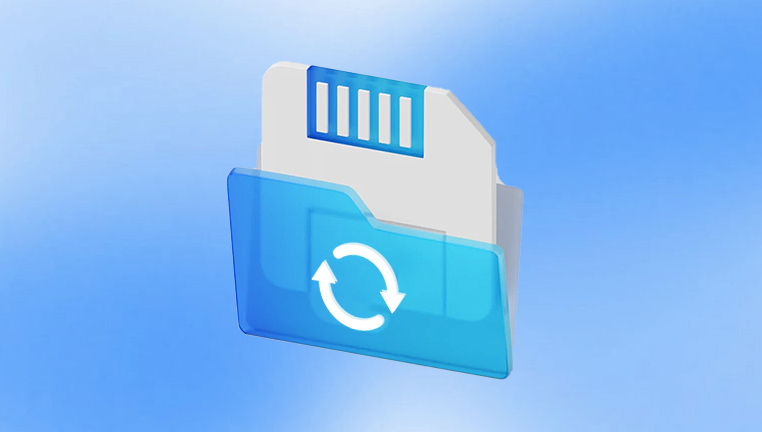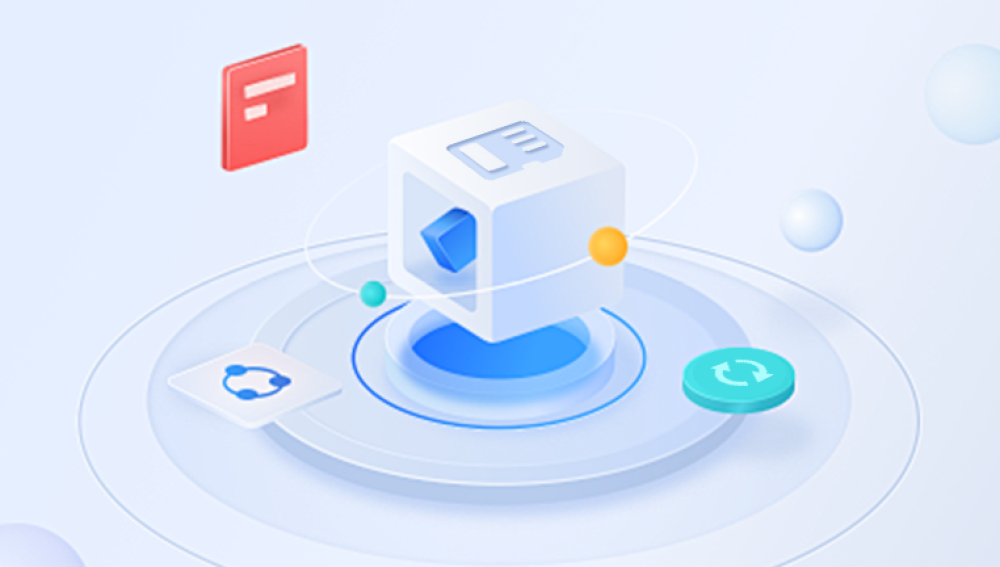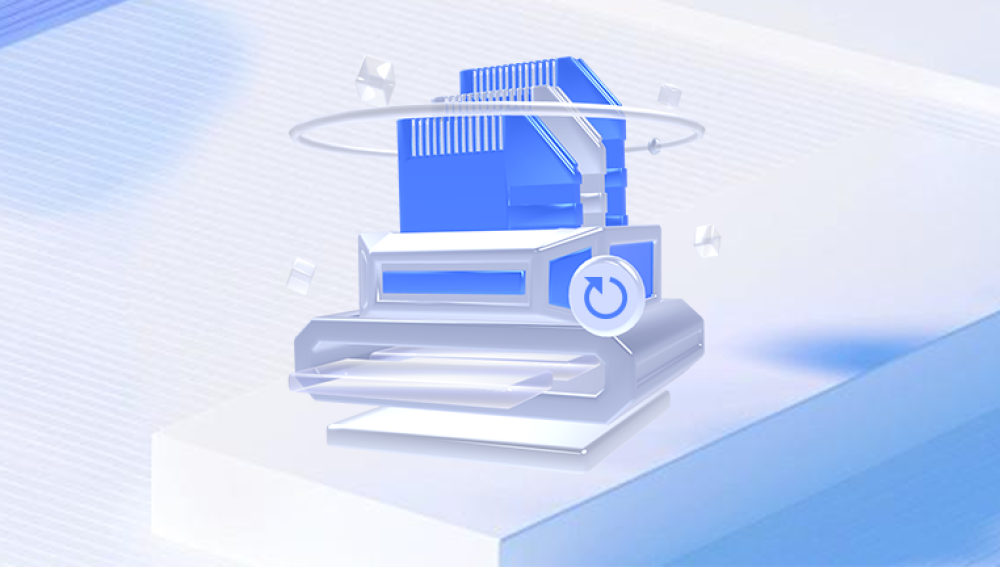When formatting an SD card for a Stealth 4K camera, there are various technical and practical considerations to ensure optimal performance.
SD Card Types and Classes
Before diving into the formatting process, it is essential to understand SD card types and speed classes:
SD Card Types: There are three primary types of SD cards: SD, SDHC (Secure Digital High Capacity), and SDXC (Secure Digital Extended Capacity). For a 4K camera, it’s recommended to use an SDXC card, as it supports higher capacities and faster read/write speeds essential for handling high-resolution videos.
SD: Up to 2GB of storage.
SDHC: Ranges from 2GB to 32GB.
SDXC: From 32GB up to 2TB, making it ideal for 4K video recording.
Speed Classes: The speed of the SD card is a crucial factor when recording 4K videos. There are multiple speed classes, and it’s important to choose one that supports high-resolution footage without dropping frames.
Class 10: The minimum recommended class for 4K recording, with a minimum write speed of 10MB/s.
UHS (Ultra High Speed) Class 1 and 3: UHS-1 cards offer speeds of at least 10MB/s, while UHS-3 guarantees speeds of at least 30MB/s. UHS-3 is highly recommended for 4K footage.

V-rated Cards (Video Speed Class): For 4K, a card rated V30 or higher (which supports a minimum of 30MB/s) is recommended. Cards rated V60 or V90 offer even faster speeds, with V90 capable of handling 8K video as well.
Why Formatting is Essential
SD cards need to be formatted before first use in a camera to ensure compatibility, optimized performance, and the avoidance of file corruption. When you format an SD card, the system erases existing data and configures the file system to interact correctly with the camera’s firmware.
Proper formatting ensures the SD card:
Avoids file system errors.
Ensures data writing consistency when capturing high-quality 4K footage.
Optimizes the available space by clearing junk files or data remnants from previous devices.
Choosing the Correct File System
The file system used when formatting your SD card dictates how data is organized on the card. There are several options:
FAT32: This is the most universally supported file system, but it has limitations, such as not supporting files larger than 4GB, which can be problematic when recording long 4K video files. For this reason, FAT32 is unsuitable for high-resolution footage like 4K.
exFAT: This is the most recommended file system for SDXC cards, especially for 4K video recording. It supports files larger than 4GB and has better performance and compatibility for handling large, high-quality video files.
NTFS: Primarily used for computer systems, NTFS is not ideal for most cameras. While it offers advanced features like file encryption and journaling, it isn’t compatible with many cameras.
Best Practices for Formatting SD Cards for 4K Recording
Step 1: Back Up Your Data
Formatting an SD card wipes all data, so it’s crucial to back up any important files before starting the process. This can be done by copying the contents of the card to your computer or an external hard drive.
Step 2: Choose the Right SD Card
For a Stealth 4K camera, you need an SDXC card with a UHS-3 or V30 rating to ensure it can handle high-resolution video. Make sure the card capacity suits your recording needs. A 64GB or higher card is ideal for continuous 4K footage.
Step 3: Format the SD Card in the Camera
While you can format an SD card using a computer, it’s highly recommended to format the card directly in the camera. Cameras often use specific formatting settings that optimize the card’s performance for that particular device.
Here’s how to format an SD card within a Stealth 4K camera:
Insert the SD card into the camera.
Power on the camera and access the settings menu.
Look for a menu option labeled "Format" or "Initialize".
Confirm that you want to format the card. The camera will handle the rest.
This process ensures the card is formatted with the correct file system (usually exFAT) and configured to work optimally with the camera’s firmware.
Step 4: Formatting via Computer (Optional)
If your camera doesn’t have a built-in formatting function, or you prefer using a computer, you can format the card through your PC or Mac. Here’s a step-by-step guide:
Insert the SD Card: Use an SD card reader to connect the card to your computer.
Access the Formatting Tool:
On Windows: Open File Explorer, right-click on the SD card, and select Format.
On Mac: Open Disk Utility, select the SD card, and choose Erase.
Choose the File System: For 4K recording, select exFAT as the file system.
Start Formatting: Click Start or Erase to begin the process. Once completed, eject the card safely.
Step 5: Avoid Frequent Formatting
While formatting is essential before first use, it’s not advisable to format your card too frequently, as it can reduce the card’s lifespan over time. Instead, consider manually deleting files when needed, and only reformat when you notice performance issues.
Common Mistakes to Avoid
Using Low-Speed Cards: Attempting to record 4K video with an SD card that has a slow write speed (Class 4 or 6) can lead to dropped frames and corrupted files. Always choose Class 10 or UHS-3 or higher for reliable performance.
Formatting in the Wrong File System: Formatting a high-capacity card (SDXC) in FAT32 will limit file size to 4GB, leading to recording interruptions. Always choose exFAT when handling large video files.
Not Formatting New Cards: Even new SD cards should be formatted before first use. This removes any factory-installed software that could interfere with camera performance and sets the card up for optimal performance in the Stealth 4K camera.
Ignoring Card Capacity: 4K video files are large. Using an SD card with insufficient capacity will lead to storage issues mid-recording. A 64GB or 128GB card is recommended for longer recording sessions.
Maintaining Your SD Card for Long-Term Use
To prolong the lifespan of your SD card and ensure continued performance in your Stealth 4K camera:
Eject Properly: Always eject the card safely from both the camera and computer. Improper ejection can corrupt data or cause the card to become unreadable.
Use SD Card Readers: Avoid inserting the SD card directly into the computer's port if possible, as repeated use can damage the card's physical contacts.
Avoid Full Capacity: Try not to fill the SD card to its absolute maximum. Keeping a small buffer of free space can help prevent performance issues or errors.




